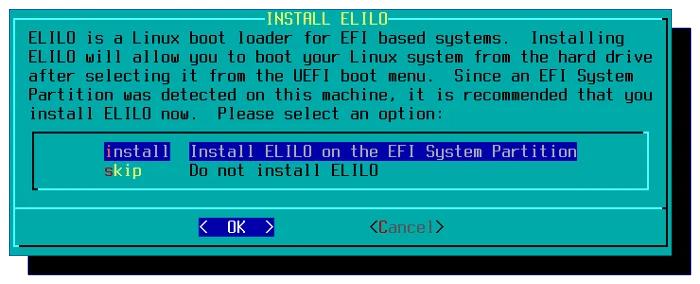Slackware on a Macbook Pro 2015
Got a macbook from 2015 laying around, since latest macOS updates feels kinda slow. It was for many years the main laptop of my wife, but we decided is time to move on, so she got a new laptop and I got a new machine to do something fun.
Why Slackware? Because is the linux distro I feel more comfortable and I didn’t want systemd :) Also, Slackware is well know for being light which is exactly what i was looking for this laptop.
Specs
9 years old laptop but HW is still pretty solid and should be fine as a linux groundplay
- CPU: i5 2.9GHz
- RAM: 8GB
- SSD: 512GB
- Graphics: Intel Iris Graphics 6100
- Camera: 720p FaceTime HD camera
- Wireless: Broadcom BCM43602
Installation
Will go full Linux, so no dual boot. Before fully removing macOS I did make a bootable SD card with https://etcher.balena.io/ and went for it. To boot from the SD card you’ve got reboot and bring the Apple Boot Manager by holding the “option” key ⌥ and select the SD card.
Was a great thing to see, that even after so many years, Slackware has the same simplistic installation process. If you need more details on how to install check this website.
I will not go through the whole installation, but will give the main tip, make an EFI boot partition!!.
This is how my partition table looks
slackbook# fdisk -l /dev/sda
Disk /dev/sda: 465.92 GiB, 500277790720 bytes, 977105060 sectors
Disk model: APPLE SSD SM0512
Units: sectors of 1 * 512 = 512 bytes
Sector size (logical/physical): 512 bytes / 4096 bytes
I/O size (minimum/optimal): 4096 bytes / 4096 bytes
Disklabel type: gpt
Disk identifier: EE10BC35-6D6B-4A88-AFBF-F6B98EDDBCFB
Device Start End Sectors Size Type
/dev/sda1 2048 1026047 1024000 500M EFI System
/dev/sda2 1026048 17803263 16777216 8G Linux swap
/dev/sda3 17803264 122660863 104857600 50G Linux filesystem
/dev/sda4 122660864 124758015 2097152 1G Linux filesystem
/dev/sda5 124758016 544188415 419430400 200G Linux filesystem
/dev/sda6 544188416 977105026 432916611 206.4G Linux filesystem
And I did map the partitions in this way into the filesystem
/dev/sda1 -> /boot/efi
/dev/sda2 -> SWAP
/dev/sda3 -> /
/dev/sda4 -> /boot
/dev/sda5 -> /home
/dev/sda6 -> /usr
There is no need into make several partitions, but imho you at least need 3 partitions
- /
- /boot/efi
- SWAP
Once partitions are ready you can proceed with the “setup” command to trigger the installation script.
Install script
All the steps are pretty straight forward, only one remark, skip lilo installation and proceed installing ELILO

Finish the installation and reboot. Voila, Slackware should be booting after that.
